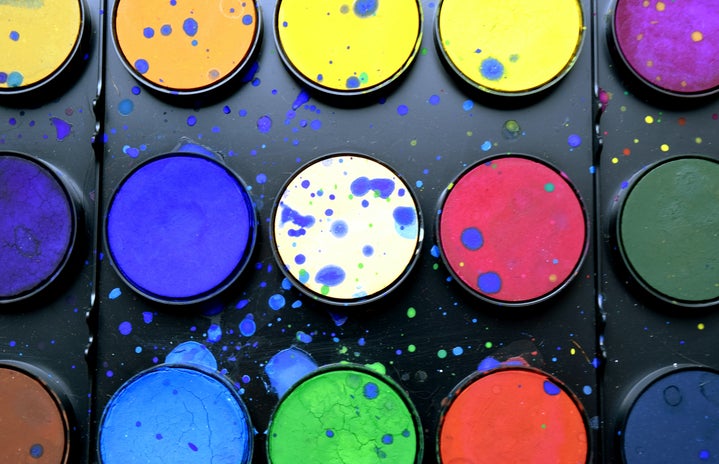Georgia O’Keeffe is an American artist who was born in Sun Prairie, Wisconsin in 1887. She studied at the Art Institute in Chicago, and remains a fantastically influential artist, famous for her innovative and iconic works, some 200 close up views of flowers, skulls, and other natural imagery. In addition to this, O’Keeffe remains a feminist icon, a female pioneer who dominated the male-oriented art scene, as well as a woman who suffered from mental health issues, a victim of the male-dominated industry that was art. In 1917, Alfred Stieglitz, an art dealer and photographer, held an exhibit of her works, where she grew more popular and made connections with famous artists in the industry. Then, in 1918, she moved to New York at the request of Stieglitz and began working as an artist full time. Soon enough, O’Keeffe and Stieglitz fell in love and were married in 1924. O’Keeffe’s works around this time were largely simplified and inspired by all things of nature. O’Keeffe said that year, “It is only by selection, by elimination, and by emphasis that we get at the real meaning of things.” (O’Keeffe, 1922) Then, in 1928, Steiglitz had an affair with fellow photographer Dorothy Norman. In result, O’Keeffe suffered from severe depression and suffered from a nervous breakdown. In 1933, she was hospitalized because of this breakdown, and did not paint again until 1934.
Throughout her life, O’Keeffe dealt with her work and life being misunderstood, and had to deal with intense psychoanalyzation of her work, which was frequently wrong. When O’Keeffe first met Steiglitz, she posed for many nude photos. Because of this, her close-up images of flowers soon became a popular symbol for vulvas. O’Keeffe did not want to be sexualized or her works to be turned into symbol of female genitalia, but the speculation behind her works still lives on today.
O’Keeffe lived a life that gives excellent insight into the world of female artists and how they were treated in the art industry. Instead of being able to create works that speak from her soul, her works were ripped from her and twisted into whatever the viewer wanted them to be. What started as a simple flower became a sexual symbol that made O’Keeffe feel violated, uncomfortable, and with little control of how the world perceived her. This treatment of her works brings to light many questions; firstly, why are women artists belittled and silenced in the art industry? Who does the art belong to, the artist or the viewer? Should viewers be allowed to create stories of the works in their head if the artist is explicit in stating that they don’t want that?
There has been a severe lack of women artists in the art industry simply because social institutions exist which prohibit and limit a woman’s ability to be taken seriously and to flourish creatively and socially. Hopefully in the future, understanding about the unfairness of how O’Keeffe’s art was stolen from her and why she was only taken seriously when her works were given sexual connotations will begin a dialogue of how women artists should be treated and viewed as a creator.



